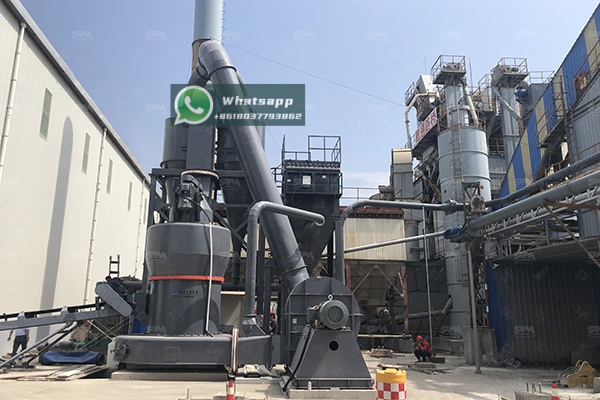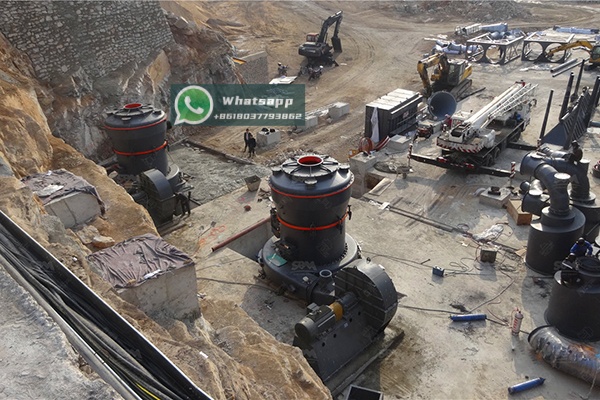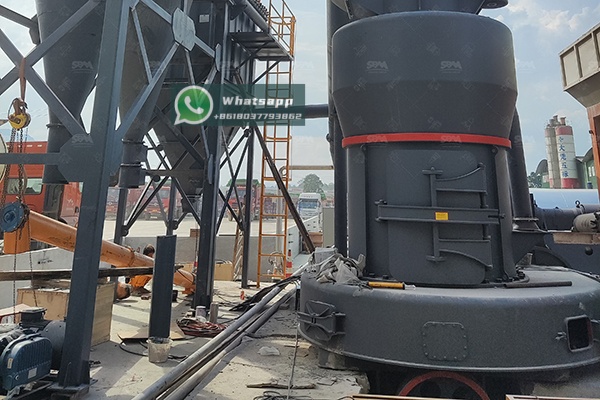In the highly competitive paper manufacturing industry, optimizing production processes and controlling costs while maintaining quality standards remains a constant challenge. One of the most persistent issues faced by papermakers is the problem of pitch deposition. Pitch, a collective term for the hydrophobic components of wood such as resins, fats, and fatty acids, can accumulate on paper machine wires, felts, and rolls, leading to web breaks, sheet defects, and significant operational downtime. Talc, a hydrated magnesium silicate mineral, has emerged as the most effective and widely used pitch control agent due to its unique platelet structure and hydrophobic surface, which adsorbs and neutralizes pitch particles.
The efficacy of talc as a pitch control agent is intrinsically linked to its particle size distribution, purity, and surface characteristics. Ultra-fine grinding is therefore not merely a processing step but a critical value-adding procedure that unlocks talc’s full potential. This article explores the technical requirements for talc grinding in papermaking applications and presents advanced grinding solutions from Shanghai Zenith Machinery Co., Ltd., a leader in industrial powder processing technology.

Talc’s effectiveness in pitch control stems from its natural affinity for hydrophobic organic compounds. The mechanism operates on two primary levels:
The platelet structure of talc provides a large surface area for the adsorption of colloidal pitch particles. Once adsorbed, the talc particles effectively “detackify” the pitch, transforming it from a sticky, problematic substance into a free-flowing, manageable solid that can be easily incorporated into the paper sheet without causing deposition issues.
The optimal particle size for talc in pitch control applications typically falls within the range of 2-10 microns (D50). Particles that are too coarse lack sufficient surface area for effective adsorption, while excessively fine particles may not provide the necessary structural integrity for proper detackification. Achieving this precise particle size distribution requires sophisticated grinding technology capable of producing consistent, controlled fineness.
Producing talc that meets the stringent requirements of the paper industry demands grinding equipment with specific capabilities:
Shanghai Zenith Machinery Co., Ltd. has established itself as an exceptional manufacturer of ore grinding equipment, with significant achievements in the field of ultra-fine powder grinding. Specializing in the research, development, and production of industrial powder grinding equipment, Zenith offers comprehensive solutions tailored to the specific needs of talc processing for papermaking applications.

For paper mills requiring the highest quality talc with superior pitch control performance, the LUM Ultrafine Vertical Mill represents the pinnacle of grinding technology. This advanced system integrates grinding, drying, classifying, and conveying into a single, compact unit, offering exceptional operational efficiency and product quality.
The LUM series is particularly well-suited for talc processing due to its:
| Model | Main Machine Power (kW) | Capacity (t/h) | Size Distribution D97 (μm) |
|---|---|---|---|
| LUM1525 | 220-250 | 1.6-11.5 | 5-30 |
| LUM1632 | 280-315 | 2.0-13.5 | 5-30 |
| LUM1836 | 355-400 | 2.3-15 | 5-30 |
The LUM Ultrafine Vertical Mill’s ability to produce talc with a D97 of 5-30 microns makes it ideal for premium paper grades where exceptional pitch control and optical properties are required. The integrated drying capability is particularly valuable for processing talc with varying moisture content from different mining sources.
For paper mills seeking a balance between performance, versatility, and investment cost, the XZM Ultrafine Grinding Mill offers an excellent solution. Widely used for superfine powder production, this mill is specifically designed for grinding soft to medium-hard materials like talc with moisture content below 6%.
Key advantages of the XZM series for talc processing include:
| Model | Working Diameter (mm) | Max Feed Size (mm) | Final Size (mesh) | Output (kg/h) | Main Motor Power (kW) |
|---|---|---|---|---|---|
| XZM221 | Φ800 | ≤20 | 325-2500 | 500-4500 | 75 |
| XZM268 | Φ1680 | ≤20 | 325-2500 | 5000-25000 | 315 |
The XZM series provides paper manufacturers with the flexibility to produce talc across a wide fineness spectrum, allowing optimization for specific paper grades and pitch control requirements. The higher capacity models are particularly suitable for large-scale paper mills with significant talc consumption.
A major European paper manufacturer was experiencing persistent pitch problems despite using talc as a control agent. Analysis revealed that their existing grinding equipment was producing talc with an inconsistent particle size distribution and excessive coarse particles (>45 microns). After installing a Zenith LUM1836 Ultrafine Vertical Mill, they achieved:

While advanced grinding technology represents a significant capital investment, the economic benefits for paper manufacturers are substantial:
The typical payback period for upgrading to advanced talc grinding equipment ranges from 12 to 24 months, depending on production volume and the severity of existing pitch problems.
The paper industry’s evolving needs are driving continued innovation in talc processing technology:
The effective use of talc as a pitch control agent in papermaking is fundamentally dependent on advanced grinding technology that can produce talc with the optimal particle characteristics. Shanghai Zenith Machinery’s LUM Ultrafine Vertical Mill and XZM Ultrafine Grinding Mill represent cutting-edge solutions that enable paper manufacturers to maximize the performance of their talc additives while optimizing operational costs.
By investing in the right grinding technology, paper mills can transform talc from a simple commodity into a high-performance, value-adding component of their papermaking process. The result is improved machine runnability, higher product quality, reduced operational costs, and enhanced competitiveness in the global paper market.
For paper manufacturers seeking to optimize their pitch control strategy through advanced talc processing, Shanghai Zenith Machinery offers both the technology expertise and the practical grinding solutions to achieve these objectives efficiently and economically.